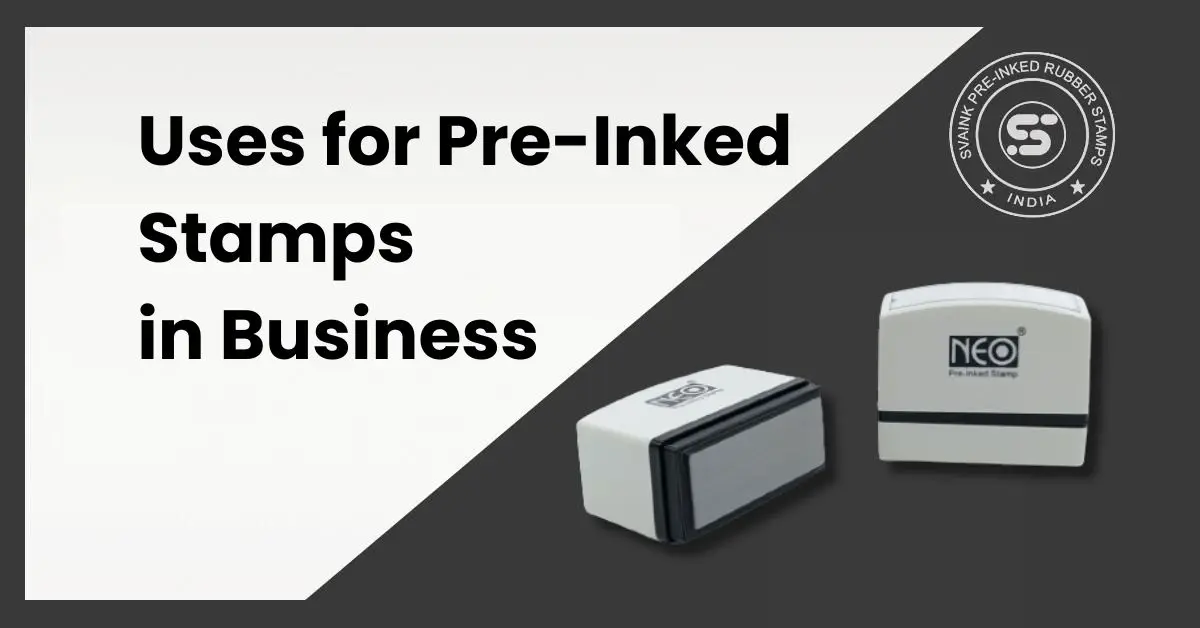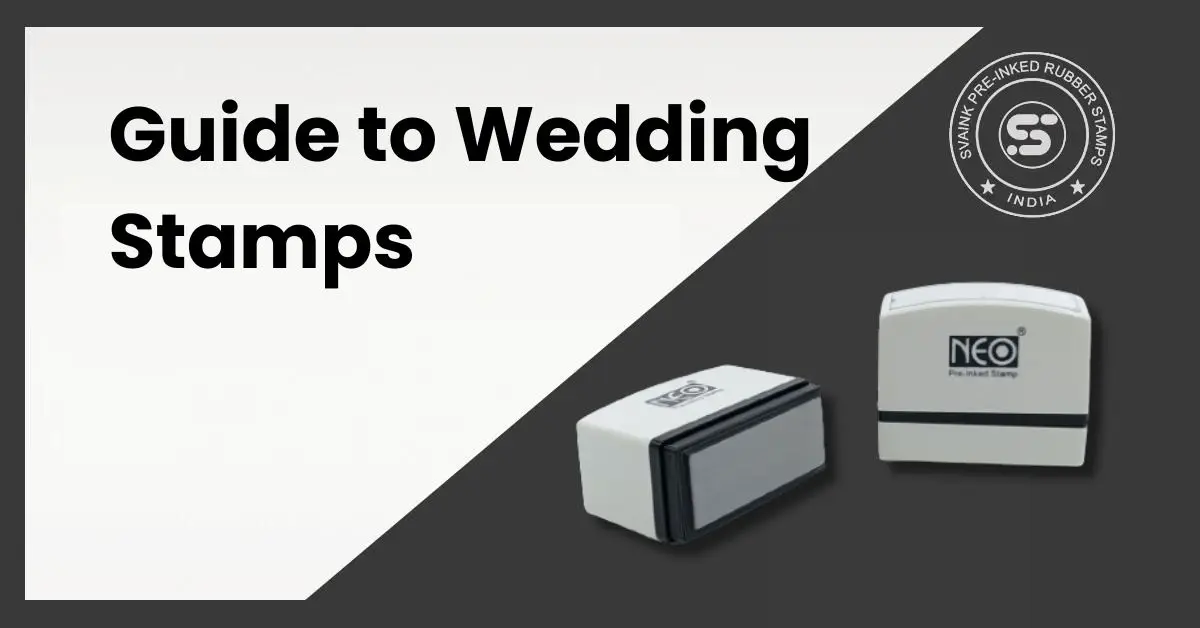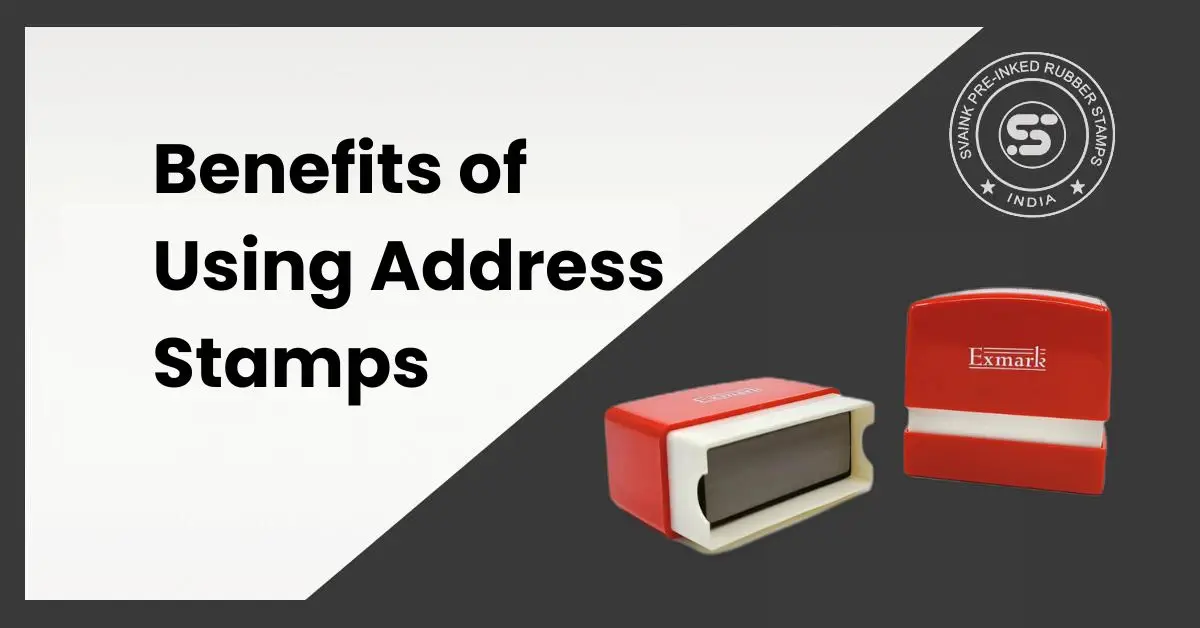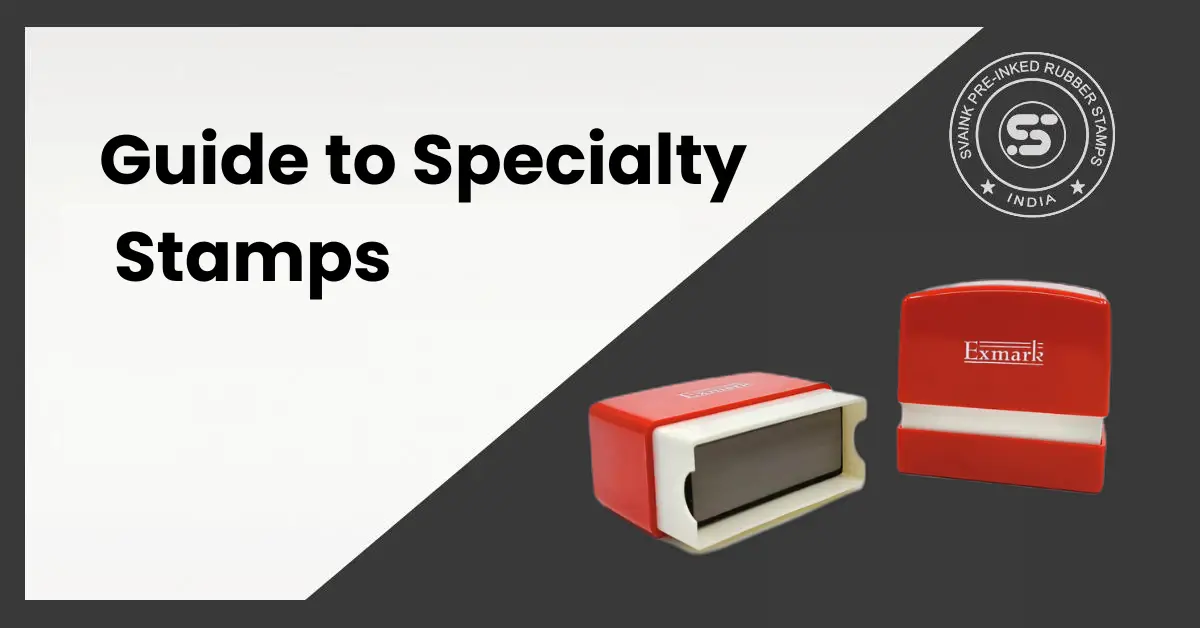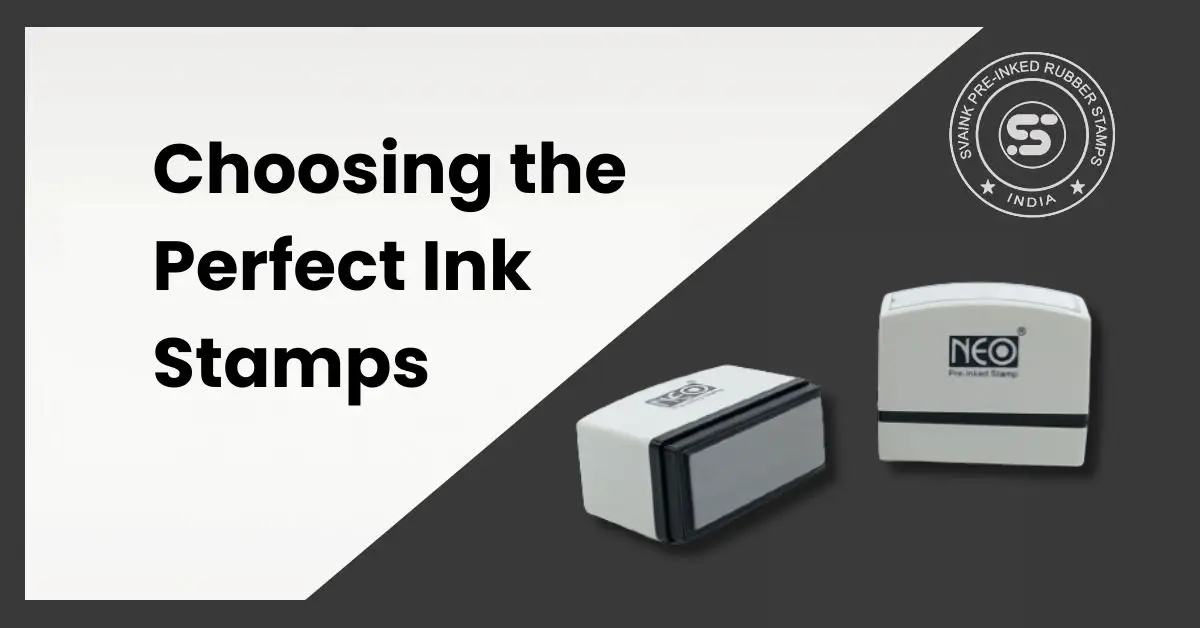
Table of Contents
With the help of ink stamps, it can be used to imprint text, images, or designs on various surfaces. They come in several forms, including self-inking, pre-inked, and rubber stamps. Rubber stamps usually need an additional ink pad, but stamps that are self-inking or pre-inked already have sources of ink built-in. Stamps made of ink are commonly used for personalizing, branding, office tasks, and handicrafts.
The Value of Selecting the Correct Ink Stamps
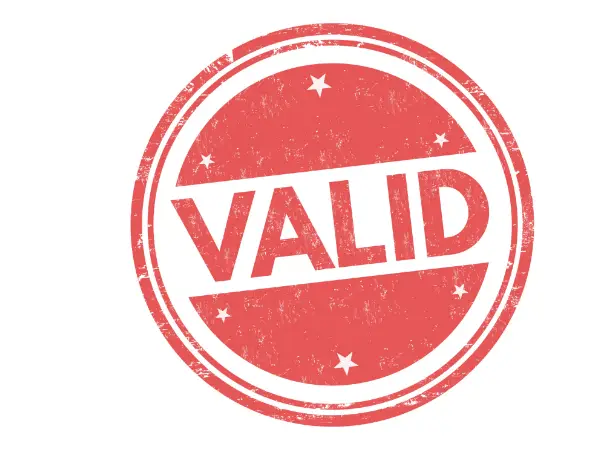
- Precision and Quality: Whether you’re using an ink stamp for business or craft, using the correct stamp can ensure accurate and clean imprints, improving the quality of your work.
- Longevity and Durability: Over time, high-quality ink stamps will save you money because they are more resilient and won’t deteriorate after repeated usage.
- Effectiveness: In a busy office setting, using the right kind of ink stamps (such as a self-inking stamp for regular usage) can increase productivity and speed.
- Personalization: Personalized ink stamps help you stand out with your projects and business by allowing you to add distinctive branding and personal touches.
- Flexibility: Whether you’re stamping on paper, fabric, or other materials, you can ensure versatility in your creations by choosing the appropriate specialty stamp for the intended surface and type of ink.
- Effect on the Environment: Reducing your environmental impact is becoming more and more crucial for both individuals and businesses. You can do this by selecting eco-friendly ink stamps and inks.
You may choose an ink stamp that best suits your demands and boosts creativity and productivity by being aware of the various kinds available.
Types of Ink Stamps
Rubber Stamps
They are formed from a picture, text, or design that has been carved or etched into a rubber sheet. Usually need an ink pad.
Applications:
- Perfect for arts & crafts, scrapbooking, and creating.
- Frequently used to label documents in offices.
- Incredibly adaptable and accessible in a range of shapes and sizes.
Stamps that self-ink
Self-inking stamps include an integrated ink pad that replenishes the stamp on its own after each use. To guarantee that it is always prepared for the subsequent impression, the stamp revolves around a mechanism.
Applications:
- Perfect for offices that frequently stamp forms, documents, and envelopes.
- Ideal for stamping quickly and effectively.
- Practical and simple to operate.
Pre-Inked Stamps
Pre-inked stamps eliminate the need for a separate ink pad because the ink is already present in the stamp. Provide clear, concise, and comprehensive impressions.
Applications:
- Great for business logos, signatures, and premium impressions; ideal for professional use.
- Excellent for lettering and intricate graphics.
- Makes detailed, high-quality imprints.
Factors to Consider When Choosing an Ink Stamp
In order to choose the ink stamp that best suits your needs, you must consider a number of different variables.
Crafting:
- Seek for stamps made of premium materials and elaborate patterns.
- Pre-inked and rubber stamps are popular choices for crafts due to their detail-oriented imprints and adaptability.
Use in the Office:
- Stamps that self-ink or come pre-inked are great for frequent use in an office environment.
- Select stamps with possibilities for text, dates, or custom logos that are effective and simple to use.
Stationary:
- Personalized stamps are an excellent way to give stationery, invites, and branding materials a unique touch.
- Think about having text, logos, and designs customizable.
Dimensions and Form Size:
- Think about how big the impressions you require.
- Larger stamps are ideal for logos and complex patterns, while smaller stamps are ideal for text and simple designs.
- There are several shapes for stamps, such as square, rectangular, and circular.
- Select a shape that works well with your design and is appropriate for the purpose.
Sturdiness and Excellence:
- Make sure the stamp is constructed with sturdy materials to endure repeated use.
- Look for mounts and handles that are well-made.
- Self-inking and pre-inked stamps should be re-inkable to extend their life.
- See if there are any refillable ink pads or cartridges available.
Options for Ink Type and Color:
- Water-based inks work well for general use and paper.
- Examples of non-porous materials that perform well with solvent-based inks are glass, metal, and plastic.
- To fit the needs of your project or branding, select from a range of ink colors.
- Certain stamps include changeable ink colors or several color options.
Personalized Wording and Logos:
- Make sure the stamp maker provides high-quality outcomes and personalization options.
Flexibility in Design:
- Seek choices that let you alter or update the design as necessary.
- Think about if you require reusable or single-use custom stamps.
Eco-Friendly Materials with Low Environmental Impact:
- Look for alternatives for eco-friendly ink.
- Take into account the manufacturer’s dedication to sustainability and its environmental policies.
Using Perfect Ink Stamps
Effective usage of ink stamps can improve the caliber of your work, whether it be for personal branding, office use, or crafting.
- To get rid of any manufacturing residue, gently scrape a fresh rubber stamp with fine-grit sandpaper or an eraser before using it. Ink sticks to the stamp more effectively as a result.
- For ordinary handicrafts and paper, use water-based inks.
- Dye inks dry rapidly and are excellent for regular usage, whereas pigment inks are best for bright, permanent colors.
- Look for stamps with intricate designs and high-quality materials.
- Self-inking or pre-inked stamps are ideal for frequent use in an office setting.
- Choose stamps that are efficient and easy to use, with options for text, dates, or custom logos.
- Custom stamps are great for adding a personal touch to stationery, invitations, and branding materials. Consider the ability to customize text, logos, and designs.
- Choosing the right ink stamp involves evaluating various factors to ensure it meets your specific needs and preferences.
- By considering the purpose, type, material, size, durability, ink type, customization options, and environmental impact, you can select an ink stamp that provides high-quality impressions and enhances your projects, whether for crafting office use, or personal branding.
- To help make a more equal imprint, especially on uneven or textured surfaces, place a foam mat or mouse pad underneath your stamping surface.
- If the ink is particularly tenacious, gently scrape the stamp with a soft brush or an old toothbrush.
- Cover the areas of the stamp that you don’t want to ink with paper or masking tape. This makes it possible to imprint and layer colors more precisely.
- In order to give your drawings depth and dimension, layer various stamps and ink colors. For a unified effect, start with brighter hues and progress toward deeper ones.
- Stamping and stenciling can be combined to produce elaborate patterns and backdrops. After stamping over a stencil, take it off to see the design underneath.
- For a special, personalized touch, imprint patterns, and designs onto plain wrapping paper or gift tags.
- Use stamps to add journaling spaces, titles, and ornamental elements to your scrapbooking creations.
- Create unique wall art, fabric designs, or even stamped tiles for a one-of-a-kind touch in your house using stamps.
- You can make sure that your ink stamping tasks are pleasurable and successful by adhering to these tips and tactics.
- Whether you’re using ink stamps for crafting, customizing stationery, or making professional documents, employing the proper procedures can help you produce attractive, precise, and lucid results.
Significance of a Good Quality Stamps
- Professionalism in Business and Formal Use: Well-made stamps enhance the appearance of formal correspondence, parcels, and documents, reflecting favorably on the company or organization.
- Durability: Reliable stamps guarantee that the ink stays readable and clear over time, which is crucial for legal and record-keeping reasons.
- Consistency: Keeping official documents and branding consistent requires consistent imprints from dependable stamps.
- Collectible Value: A stamp’s collectible value in philately is mostly determined by its quality. High-quality, well-preserved stamps are more valuable to collectors.
- Aesthetic Appeal: Stamps with beautiful designs, vibrant colors, and rich artwork are often prized for their aesthetic value by collectors.
- Craftsmanship: Beautiful, accurate, and intricate artwork or craft creations can be made by enthusiasts and crafters using premium stamps.
- Personalization: Adding a personal touch to invitations, greeting cards, and personal letters with premium custom stamps can improve their overall appearance and impact.
- Technical Details: High-quality ink that doesn’t smear, bleed, or fade rapidly is used in good stamps to provide impressions that are legible and long-lasting.
- Stamp Material: The components of high-quality stamps, including such as strong rubber or silicone, add to their durability and functionality.
Purchasing premium stamps has advantages in a number of industries. It improves a company’s professionalism and reputation. It enhances the crafting experience for enthusiasts. In the end, a stamp’s quality can greatly affect its usability, robustness, and visual appeal.
Conclusion
Knowing the different types of ink stamps that are available and their respective uses will make it easier for you to choose the right ones for your needs. There is an ink stamp out there that precisely suits your needs, whether you’re looking for a classic rubber stamp for crafting, a practical self-inking stamp for office use, or a detailed pre-inked stamp for business branding.


